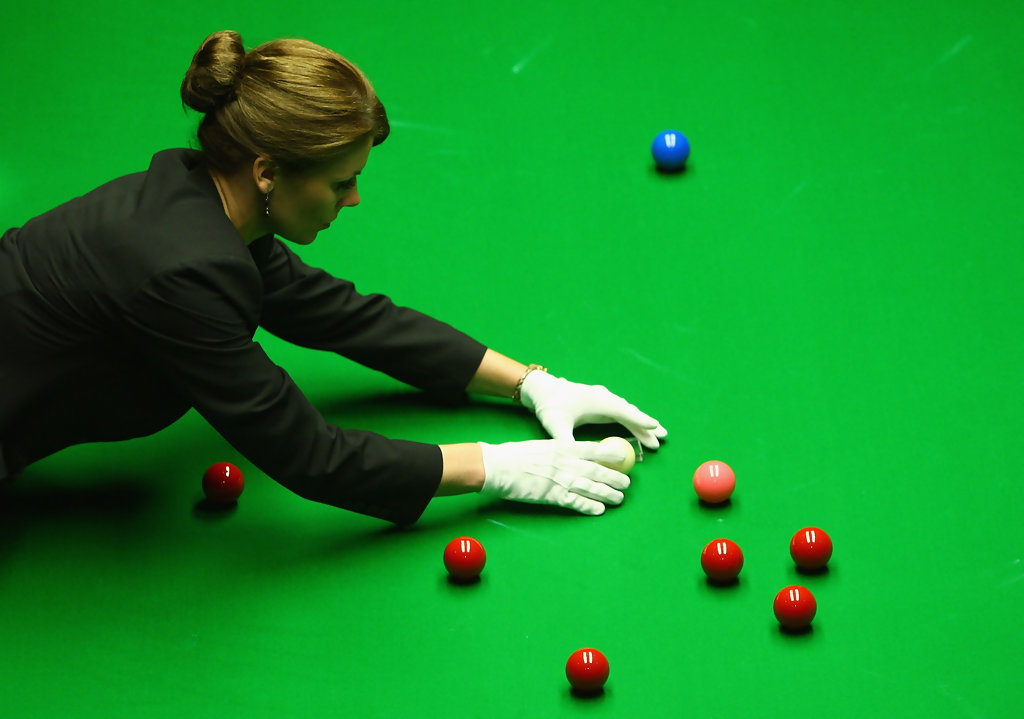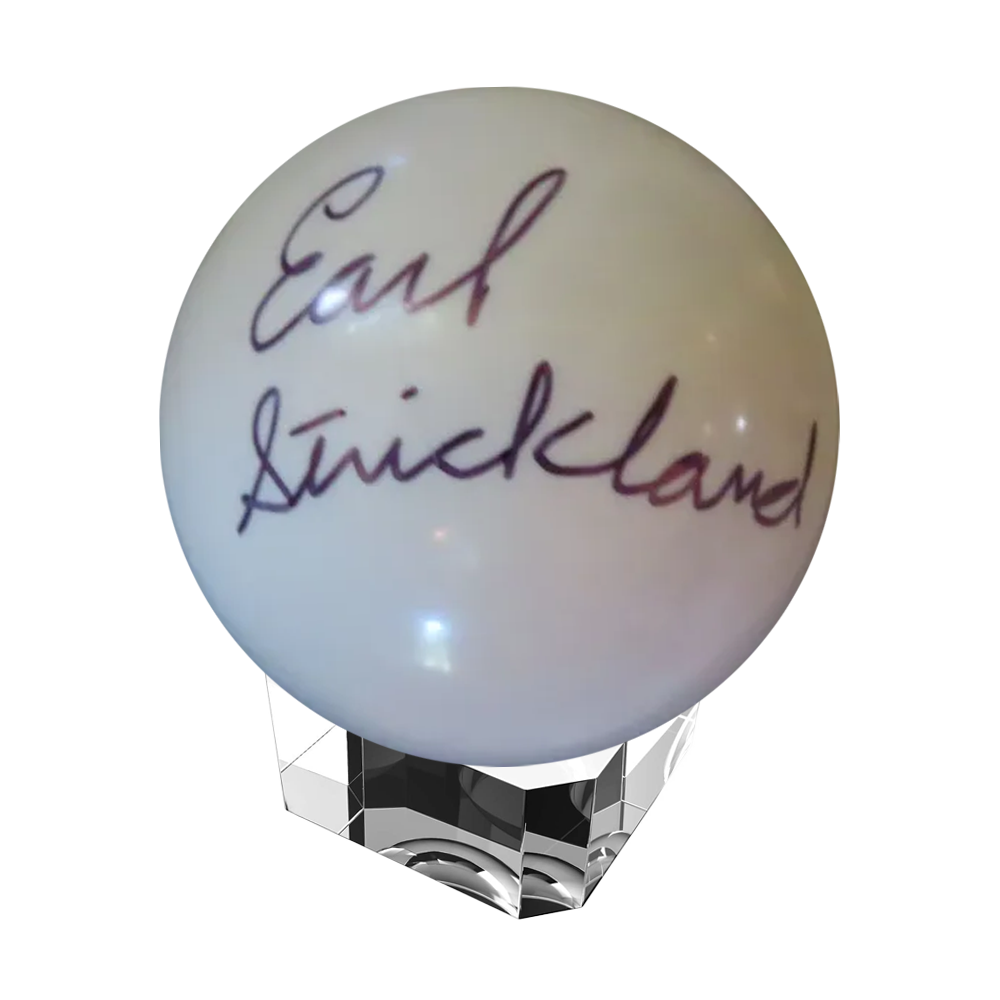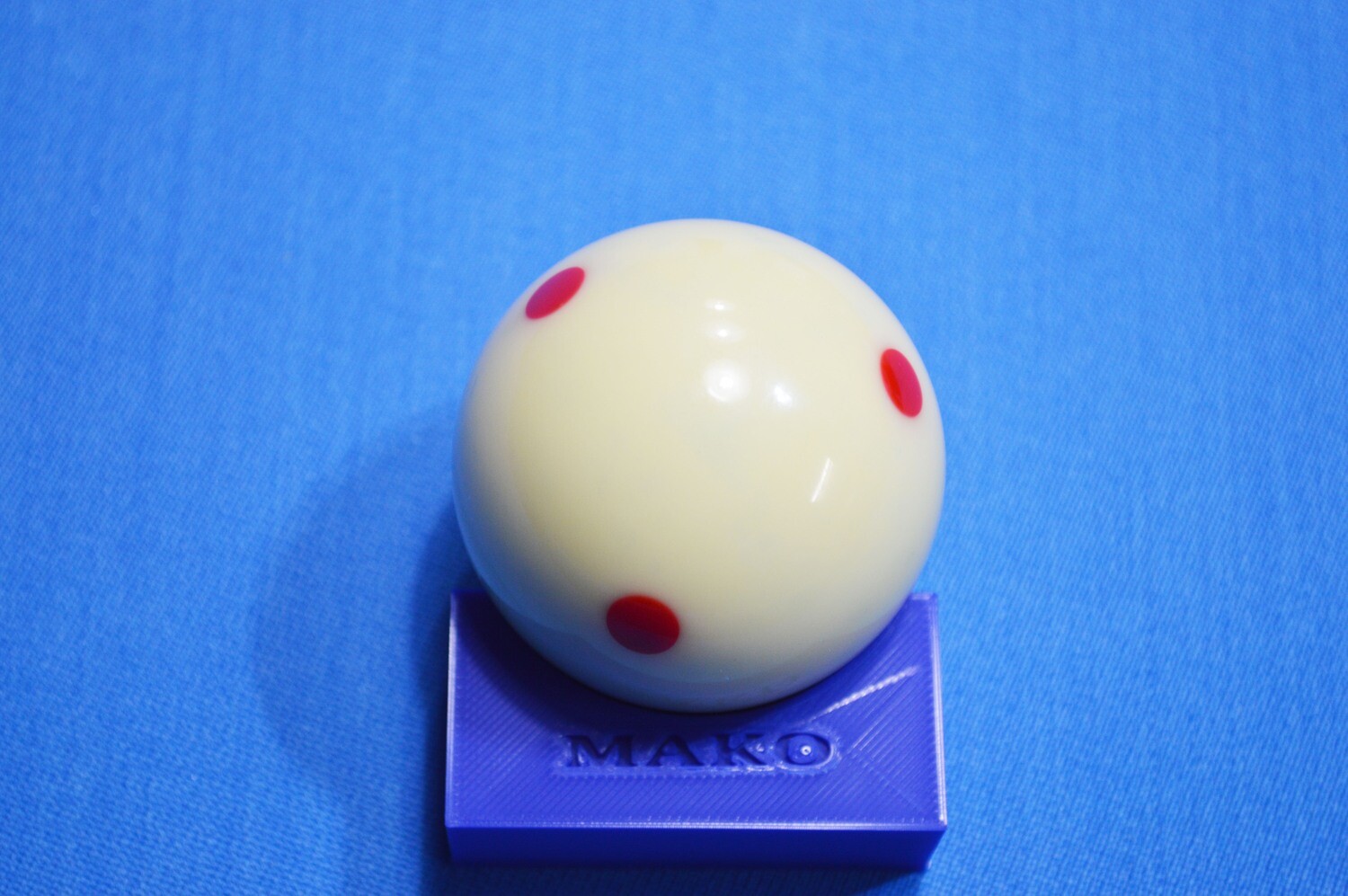Does a gleaming cue ball truly matter, or is it just window dressing in the world of pool? The truth is, a pristine cue ball is fundamental to optimal performance and a more enjoyable game.
The seemingly minor act of cue ball maintenance can have a surprising impact on your pool game. Beyond mere aesthetics, a clean cue ball directly affects the trajectory of your shots and the lifespan of the ball itself. Over time, the relentless interaction with chalk, oils from hands, and general environmental grime can accumulate on the ball's surface. This buildup can subtly, yet significantly, alter its roll, impacting accuracy and causing unnecessary wear and tear. To ensure a consistently rewarding experience, and to preserve the quality of your equipment, a dedicated cleaning routine is essential.
In this comprehensive guide, we will delve into the specifics of cue ball care. We will explore the most effective methods, offer expert advice, and highlight the essential tools required for proper maintenance. Furthermore, well examine the common pitfalls to avoid and offer insights into the broader topic of billiard equipment upkeep. Join us as we uncover the secrets to keeping your cue ball in peak condition.
- %D8%A2%D9%86%D8%A7 %D8%B1%D9%8A%D8%B2%D9%8A%D9%86%D8%AF
- Jodi Arias Trial
- Rominger Tony
- Viki Knot
- Omni Royal New Orleans
- Why Is It Important to Clean a Cue Ball?
- Essential Tools for Cleaning a Cue Ball
- Step-by-Step Guide to Clean a Cue Ball
- Expert Tips for Maintaining Cue Balls
- Common Mistakes to Avoid
- How Often Should You Clean a Cue Ball?
- Cleaning Different Types of Cue Balls
- Proper Storage of Cue Balls
- Maintaining Other Billiard Equipment
- Conclusion and Final Thoughts
Why Is It Important to Clean a Cue Ball?
Impact on Game Performance
A dirty cue ball is a silent saboteur, subtly undermining your game. The accumulation of dust, chalk residue, and even the oils from your hands creates an uneven surface. This can lead to unpredictable rolls, causing shots to veer off course and making it exceedingly difficult to achieve the desired angles and ball control. In competitive play, where precision is paramount, a compromised cue ball can be the difference between victory and defeat. Consistent cleaning ensures that your cue ball behaves as expected, allowing you to focus on your strategy and execution without the added frustration of inconsistent performance.
Preserving the Ball's Lifespan
The wear and tear on a cue ball is a gradual but relentless process. Every impact, every spin, and every interaction with the table and other balls contributes to its degradation. Over time, the surface accumulates microscopic scratches and abrasions. This is exacerbated by the presence of dirt and grime, which act like miniature sandpaper, accelerating the wear process. Regular cleaning is crucial for mitigating this damage. By removing the abrasive elements and maintaining a smooth surface, you significantly extend the lifespan of your cue ball, preserving its quality, and delaying the need for replacement.
- %D0%B8%D0%B4%D0%B0 %D0%B4%D0%B0%D1%80%D0%B2%D0%B8%D1%88
- Cheryl Hines Daughter Accident
- What Does Tribal Tattoos Mean
- %D1%8D%D0%BC%D0%B8 %D0%B4%D1%83%D0%BD%D0%BA%D0%B0%D0%BD
- %D0%B4%D0%B6%D0%BE%D1%80%D0%B4%D0%B6 %D1%81%D0%BE%D1%80%D0%BE%D1%81 %D1%82%D0%B0%D0%BC%D0%B8%D0%BA%D0%BE %D0%B1%D0%BE%D0%BB%D1%82%D0%BE%D0%BD
Essential Tools for Cleaning a Cue Ball
The tools needed for cue ball cleaning are relatively simple, but each plays a vital role in ensuring a thorough and effective process. Assembling these items beforehand guarantees a smooth and efficient cleaning session. Here's a comprehensive list:
- Soft cloth or microfiber towel: This is the primary tool for wiping away surface dirt and drying the ball. Microfiber is preferred because it is gentle and highly absorbent.
- Gentle soap or specialized billiard ball cleaner: Choose a mild soap, preferably pH-balanced, or a cleaner specifically designed for billiard balls. Harsh chemicals can damage the ball's surface.
- Clean water: Used for rinsing away soap and grime.
- Soft-bristled brush (optional): Useful for scrubbing away stubborn chalk residue or dirt, but be careful not to apply too much pressure, especially on plastic balls.
- Dry cloth for drying: Another clean, dry microfiber cloth is ideal for drying the ball completely.
Step-by-Step Guide to Clean a Cue Ball
Step 1
The first step is setting the stage for a successful cleaning session. Select a clean, dry, and well-lit workspace. Lay down a soft cloth or towel on the surface to prevent the cue ball from rolling away or inadvertently picking up additional debris during the cleaning process. This also provides a cushioned surface to avoid scratches if the ball accidentally slips from your grasp.
Step 2
With a clean, dry microfiber cloth, gently wipe the entire surface of the cue ball. This initial step is crucial as it removes loose dust, chalk particles, and any other superficial debris that may be present. Applying gentle pressure is sufficient; the goal is to dislodge surface contaminants without causing any scratches or damaging the balls finish. This step prepares the ball for the more thorough cleaning that follows.
Step 3
Fill a small bowl with warm water and add a small amount of mild soap or the specialized billiard ball cleaner. Submerge the cue ball in the solution. Using your fingers or a soft-bristled brush, gently scrub the balls surface, paying particular attention to areas where chalk residue or stubborn dirt is visible. Avoid using excessive force or abrasive materials, as these can damage the balls surface, especially on plastic cue balls. The goal is to loosen and remove the grime without causing harm.
Step 4
Once the cue ball appears clean, its time to rinse away all traces of soap and loosened grime. Hold the cue ball under a stream of running water, ensuring that all surfaces are thoroughly rinsed. Any remaining soap residue can affect the balls performance, potentially altering its roll and making it feel sticky. Ensure that all traces of soap are completely removed before proceeding to the drying stage.
Step 5
Use a clean, dry microfiber cloth to gently pat the cue ball dry. This is a critical step to prevent water spots and ensure optimal performance. Avoid rubbing the ball vigorously, as this can create micro-scratches. Instead, apply a gentle patting motion, ensuring that all surfaces of the ball are completely dry. Allowing the ball to air dry completely is also an option, but using a microfiber cloth provides a faster and more thorough drying process, minimizing the risk of water spots.
Expert Tips for Maintaining Cue Balls
Beyond the core cleaning steps, several additional practices can help you keep your cue balls in top condition and maximize their lifespan. These tips, gleaned from experienced players, will help you maintain your equipment with greater efficiency and effectiveness.
- Handle cue balls with clean hands to minimize oil transfer. The oils from your hands can accumulate on the balls surface, attracting dirt and altering its performance. Washing your hands before handling the cue ball is a simple but effective way to prevent this.
- Store cue balls in a cool, dry place to prevent warping or discoloration. Exposure to extreme temperatures or humidity can damage the balls integrity. A dedicated cue ball case or a cool, dry cabinet is the ideal storage environment.
- Inspect cue balls regularly for signs of wear and replace them when necessary. Even with the best care, cue balls will eventually wear down. Look for scratches, flat spots, or any other irregularities that may affect performance. Replacing a worn cue ball is a wise investment.
- Use a cue ball cleaner specifically designed for billiard balls for best results. While mild soap and water can work, specialized cleaners are formulated to provide optimal cleaning and protection, often leaving a protective layer that helps repel dirt.
Common Mistakes to Avoid
Using Harsh Chemicals
A common pitfall is the use of harsh chemicals or abrasive cleaners. Strong cleaning agents can strip away the protective coatings on the cue balls surface and cause irreparable damage. Always opt for gentle, pH-balanced cleaners specifically designed for billiard balls. These are formulated to effectively remove dirt and chalk residue without compromising the integrity of the ball. Avoid using household cleaners that are not specifically recommended for cue ball maintenance.
Not Drying Properly
Failing to dry the cue ball thoroughly is another common mistake. Leaving moisture on the surface can lead to water spots, which not only affect the ball's appearance but also attract more dirt and grime. Always ensure the ball is completely dry before storing it or using it. The gentle patting method with a clean microfiber cloth is the best approach to ensure complete dryness without damaging the ball's finish.
How Often Should You Clean a Cue Ball?
The ideal cleaning frequency depends on your level of play and the environment in which you store your cue ball. A general guideline is to clean your cue ball after every few playing sessions. However, if you notice visible dirt, chalk residue, or any changes in performance, cleaning is warranted. For tournament players or those who play frequently, a more regular cleaning schedule, perhaps after each use, is advisable. Regular maintenance will keep your cue ball in peak condition, ensuring optimal performance and extending its lifespan. Consider cleaning it more often in environments where there is a lot of chalk dust or where the table and surroundings are dusty.
Cleaning Different Types of Cue Balls
Plastic Cue Balls
Plastic cue balls are more susceptible to scratches and wear than those made of phenolic resin. When cleaning plastic balls, extra care is essential. Avoid using any abrasive materials or applying excessive pressure. A gentle wipe with a damp cloth and a small amount of mild soap is generally sufficient. Always rinse thoroughly and dry the ball carefully to avoid damaging the surface.
Phenolic Resin Cue Balls
Phenolic resin cue balls are more durable and resistant to scratches than plastic balls. These balls are often found in professional settings because of their superior durability and performance. Although they are more resilient, phenolic resin cue balls still require regular cleaning to maintain their optimal performance. Follow the standard cleaning process, but consider using a specialized cleaner specifically formulated for phenolic resin cue balls. These cleaners are designed to be effective while protecting the balls surface.
Proper Storage of Cue Balls
Proper storage is as crucial as the cleaning process when it comes to cue ball maintenance. Store your cue balls in a cool, dry place, away from direct sunlight and excessive moisture. Exposure to sunlight can cause discoloration, and moisture can lead to warping or other forms of damage. Consider using a cue ball case or container to protect them from dust and potential damage. This will also help prevent them from rolling around and getting scratched when not in use.
Maintaining Other Billiard Equipment
A comprehensive approach to billiard equipment care extends beyond the cue ball. Maintaining your cues, table, and chalk is equally essential for optimal performance and longevity. Regular cleaning and inspection are crucial to maintaining a professional feel in your game. A cue with a clean tip and shaft, a table with a smooth playing surface, and chalk in good condition all contribute to an exceptional playing experience.
Here are some additional tips:
- Cues: Regularly clean your cue shaft with a cue shaft cleaner to remove accumulated chalk and oils. Re-chalk your cue tip before each game, and replace the tip when it becomes worn.
- Table: Brush the playing surface regularly to remove chalk dust and debris. Periodically clean the table cloth with a specialized table cloth cleaner and, if necessary, have it professionally re-felted.
- Chalk: Choose a high-quality chalk and apply it evenly. Avoid over-chalking the cue tip, as this can lead to miscuing. Consider using a chalk holder to keep your chalk clean and easily accessible.
- Randall Randy Gosch
- Mirium Cruz
- %D9%83%D8%A7%D8%B3%D8%A7%D9%86%D8%AF%D8%B1%D8%A7 %D9%87%D8%A7%D8%B1%D9%8A%D8%B3
- Is Ali Belcher Married
- Lodge Game Answers


